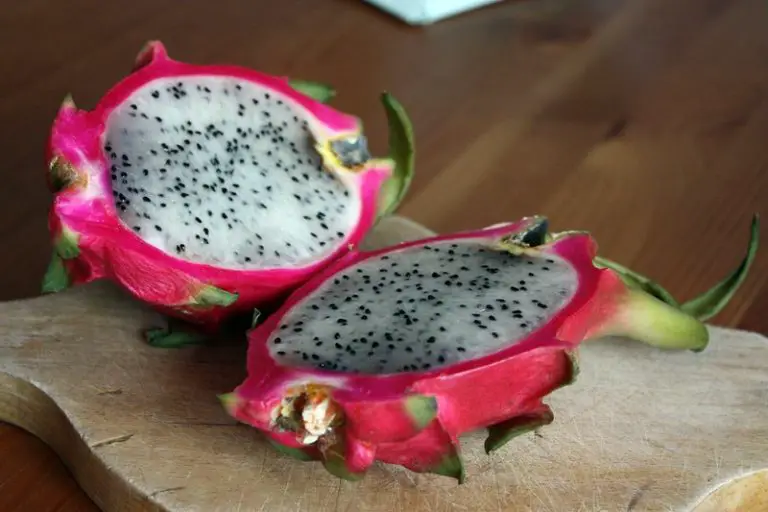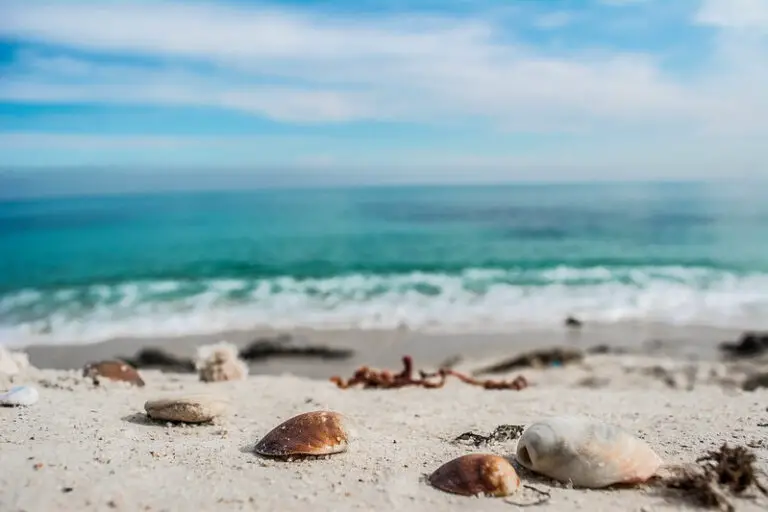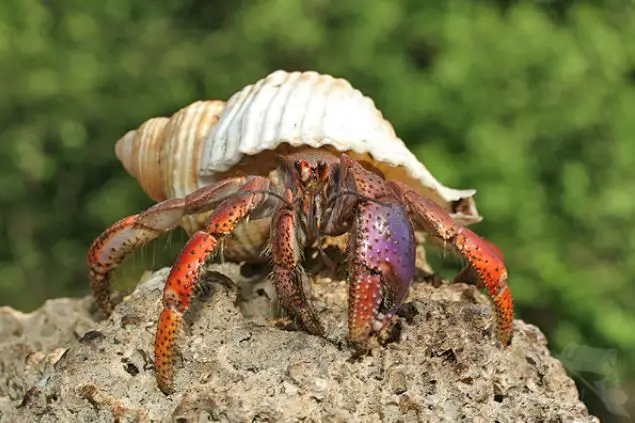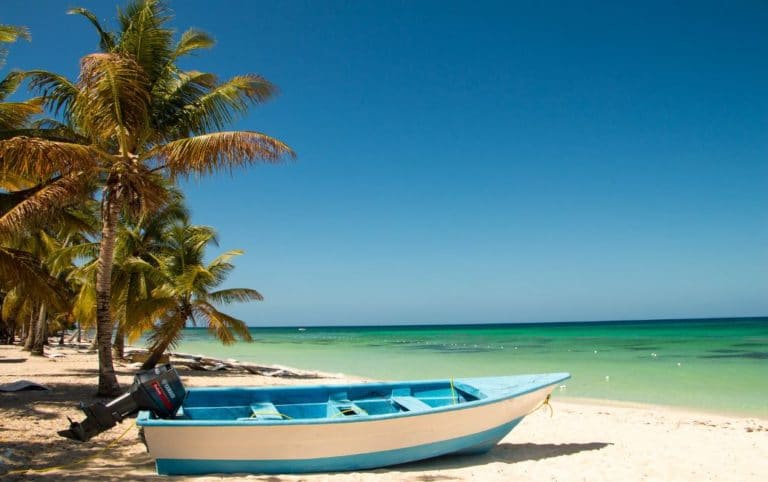Are There Iguanas In The Dominican Republic? (Solved)
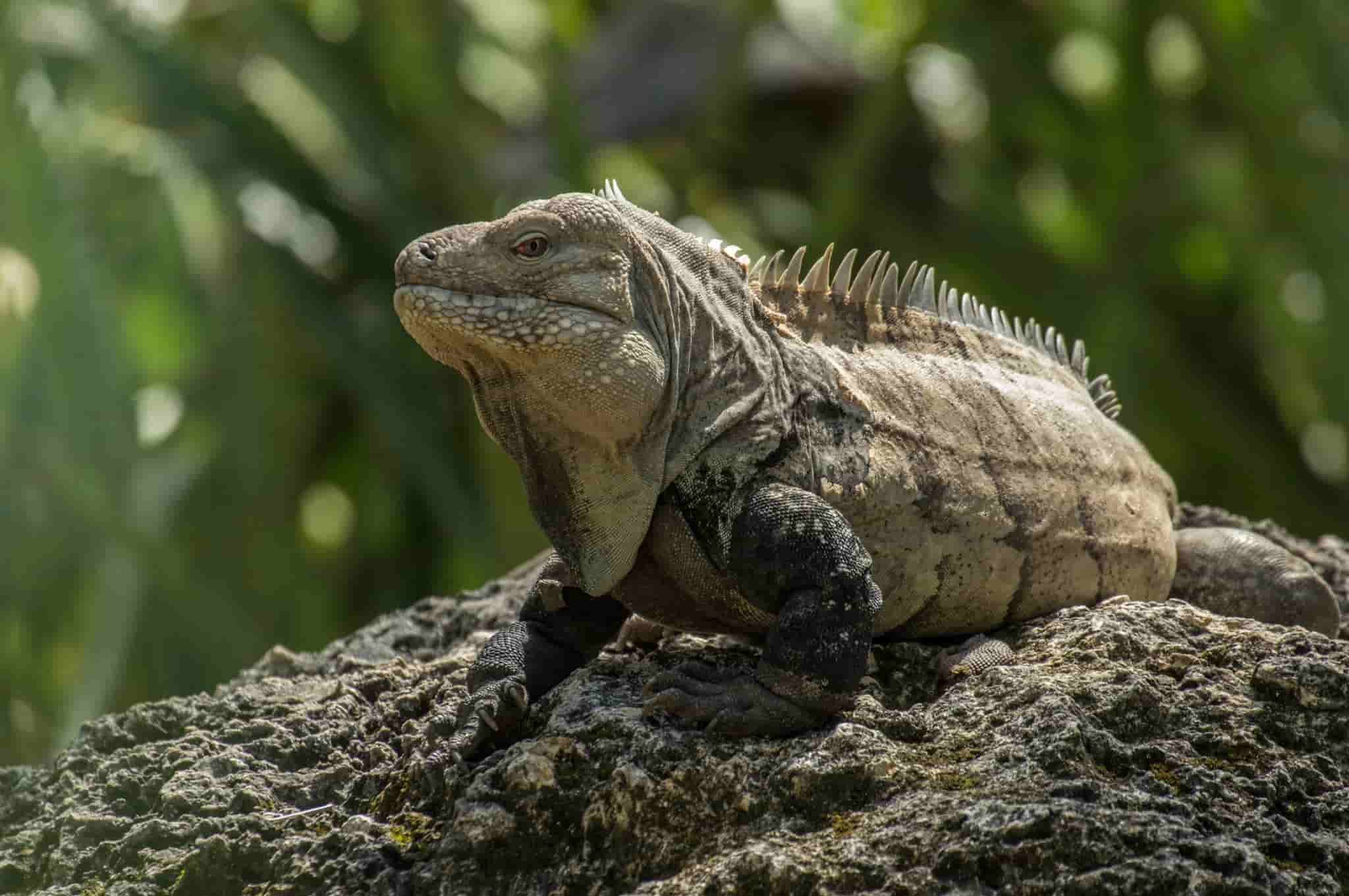
Iguanas are herbivorous lizards native to tropical areas such as South America, Central America and the Caribbean. Species of these lizards can reach 5 to 6 feet in length, and despite their large size, they can move quite fast and are good climbers.
Many of the iguana species are threatened due to indiscriminate hunting and habitat destruction.
In the Dominican Republic, there are two endemic species of iguanas: the ricord iguana (Cyclura ricordi) and the horned iguana or rhinoceros (Cyclura cornuta).
Contents
Ricord’s Iguana (Cyclura ricordi)
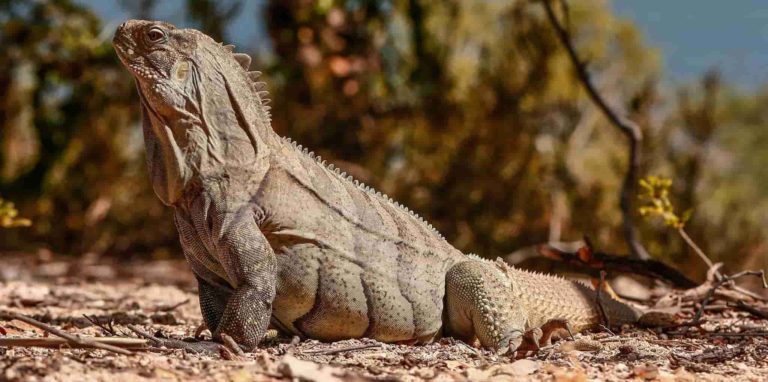
One of the rarest species of iguana in the world inhabits the arid lands and dry forests in the southwestern region of the Dominican Republic: Lago Enriquillo, Valle de Neiba and Peninsula de Bahoruco.
The body is grayish-green with dark transverse bands and highly developed spines at the top. They are characterized by the iris of their red eyes and the scales that form rings in the tail.
Adults can reach a body length of 40 to 50 centimeters. Males are larger than females.
The body is grayish-green with dark transverse bands and highly developed spines at the top. They are characterized by the iris of their red eyes and the scales that form rings in the tail.
The ricord iguana has excellent vision for detecting objects and movements at long distances, and its fingers are very efficient for digging and climbing rocks and trees.
They are herbivores. They feed on fruits, flowers and leaves, but during their juvenile stage they feed on insects and other small invertebrates.
Ricord iguanas take five years to reach sexual maturity, and females lay from 2 to 18 eggs in dug-out nests. The eggs spend an incubation period of 90 to 100 days.
Ricord’s Iguana: Species at Risk of Extinction
The ricord iguana is under critical threat of extinction. According to conservationists, its wild population numbers several thousand specimens.
Its population has been drastically reduced due to the destruction of its habitat by agricultural and livestock development. Juvenile iguanas are prey to cats, dogs and mongooses. They are also hunted for food, and for illegal sale to collectors and private zoos. Some ranchers kill these animals because of superstitious ideas.
Rhinoceros Iguana (Cyclura cornuta)
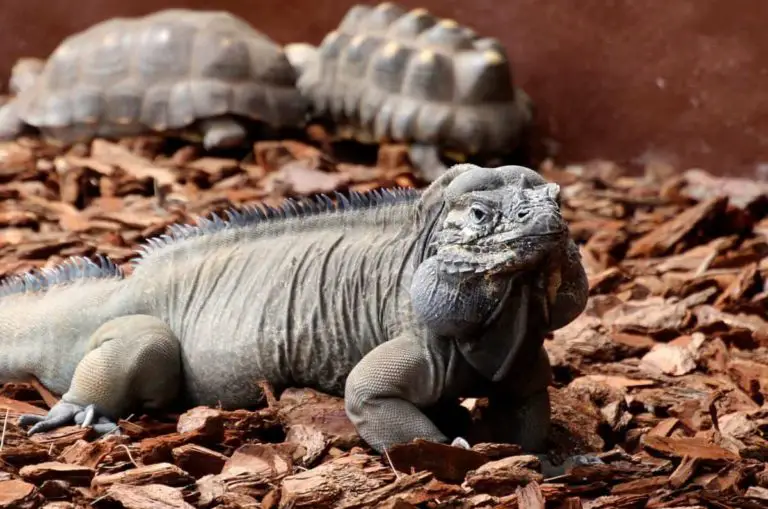
Inhabits the rocky or coastal regions and dry, thorny forests of the Dominican Republic, but is most common on Beata Island, Jaragua National Park on the Barahona Peninsula, and Cabritos Island in Lake Enriquillo.
They are dark brown or greenish-brown in color. They owe their name to the conical scales or horns that the males exhibit on the upper part of their snout.
Adults reach a length of 60 to 130 centimeters. Like other iguana species, it has a robust head, strong legs and a heavy body. It owes its name to the conical scales or horns that the males exhibit on the upper part of their snout. Also, they have a crest of scales that extend from the neck to the tail. They are dark brown or greenish-brown.
Rhinoceros iguanas feed mainly on fruits, leaves or flowers, but sometimes they ingest insects, eggs and other small reptiles.
Iguanas reach sexual maturity between 5 and 9 years of age. The mating season begins in the rainy season, from May to June. During this time, the males of this species become territorial and very aggressive with other males.
Iguanas mate for life. They lay between 2 to 34 eggs that remain buried in the sand inside their caves for an incubation period of 90 to 100 days. The females keep guard over the caves for only a few days during the incubation period.
The rhinoceros iguana is a threatened species due to indiscriminate hunting and the destruction of its habitat. Specialists estimate that the wild population of iguanas is over 15,000 specimens.
In Haiti, iguanas are seriously threatened by deforestation, and populations have been reduced to small groups in Lake Azuie.
Green Iguana Invasion in the Dominican Republic
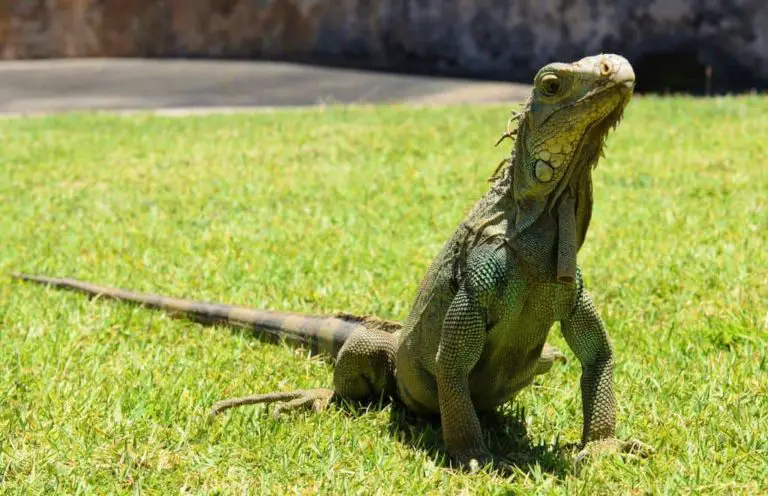
The Iguana iguana, better known as the green iguana, originally from Continental America, but invasive in insular America, a species introduced to the Dominican Republic.
This reptile has been introduced as a pet to the country, however, it is an invasive species that competes with the endemic iguanas here, contaminating the waters by releasing salmonella in their feces.
It also damages roads when digging to build nests and creates traffic chaos when going out to sunbathe. Its greatest danger is that it multiplies very quickly by producing 60 to 80 eggs per laying.
In the Dominican Republic, it is prohibited to trade, import and use them as pets in Resolution No. 28/2010, issued on December 30, 2010.
It can grow up to two meters long in wild areas and as a reptile, it changes color. Males in reproductive time acquire an orange color.

